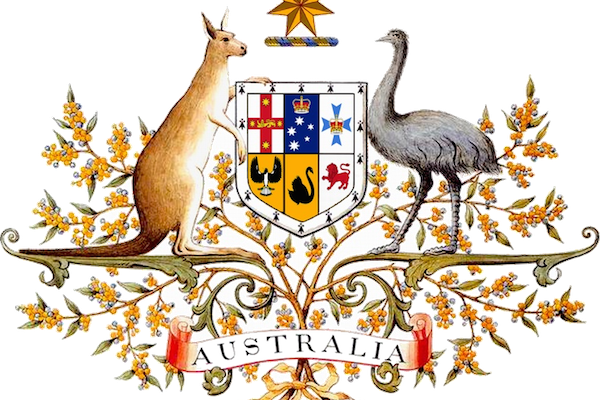Replacing Federation: Why and with what?

An update of Australian Federation is essential for many reasons. I cover the most pressing three reasons to change the system here.
- Ending the piecemeal tinkering
- Centralisation: a state government problem
- Decentralisation of a unitary state
Ending the piecemeal tinkering
It is obvious that the Australian Federation has major problems and that reforms are not happening. Why is that? The Reform of Federation Inquiry has ended and failed. In the 2014 white paper preceding this major inquiry a crucial question was asked: Should we “boldly go… where we have thrice gone before?”. The answer should have been obvious. It wasn’t.
That Abbott Inquiry was driven by former ALP Premiers who had completely abandoned that party’s original position on Federation. The state governments themselves actually do NOT want the income tax powers back. The basic issue is: Does Australia still need nine governments, nine parliaments and nine public services to govern just 24 m. citizens? We now have excellent transport and communications systems, which was a big problem in 1901 when federation united the six British colonies into one colonial federation.
Piecemeal tinkering with the existing federation cannot make it work. To the small extent that it can work, like streamlining services, it makes the federation even more superfluous. It remains a bottleneck, a structure that delays, is costly, and is aggravated by the adversarial two-party system. The underlying problems remain and far too many are employed to keep this going. If anything has to change it is the federal Constitution, which, ever since 1901, has hardly be amended. As Bob Hawke recently stated, again, at the Woodford Festival, “the states should be abolished”.
Centralisation in Australia is a state government problem
The renewal of the Australian Constitution would lead to a much better system of decentralization and de-concentration of the population in our five major cities. The poor use of living space in Australia and the growing traffic congestion in major cities needs to end. For Sydney to have over 6 m. people by 2036 is a monument to that failure, as is, of course, the often-parlous state of local government, the Cinderella of the system.
A new productive model would be a two-tier system, national and local government with mezzanine type regional councils representing kindred clusters of local governments. Already we have several examples of Regional Organisation of Councils on a voluntary basis.
Let us also reflect on the national security angle, quite beyond the concern about Border Protection. Five powerful nuclear bombs would wipe out much of the entire population of Australia, some 65% to 70% living in the big cities.
Decentralisation of a unitary state
We reflect on the fact that many of the overwhelming number of unitary states in the world, are often better decentralised than Australia is and Australia is geographically enormous. Australia can do far more in terms of decentralisation when the federal Constitution is replaced and local government is promoted as the second tier of Government with full local powers and financial support from the central government in Canberra. The five major cities can take a special place in such a system.
I lived 22 years in the Northern Rivers area of NSW and witnessed the dramatic effect of the tertiary educational institution that was established in Lismore in 1974 the NRCAE later to become Southern Cross University. This University brought employment, ideas and investment to the region. It had a galvanising impact through several faculties, including art, agriculture, sport, business, tourism and education.
Dr. Klaas Woldring is a former Associate Professor at Southern Cross University and the co-founder of Beyond Federation, a citizen group which campaigns to abolish the states and strengthen local government. His latest book is Yes, We Can… … Rewrite the Australian Constitution.













